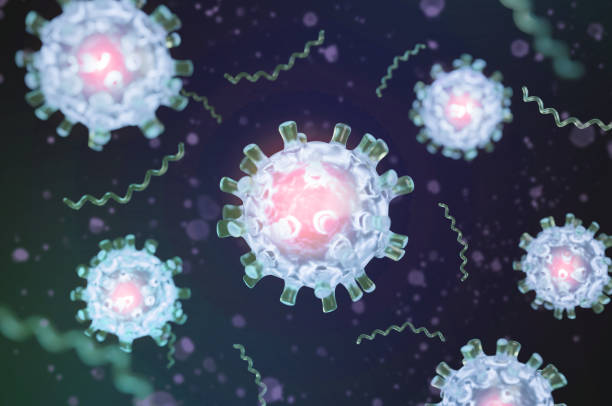Revolutionizing HIV Prevention: The Injectable HIV Prevention Shot
Over the years, the fight against HIV has been transformed by medical advancements, with new strategies emerging to enhance prevention efforts. One of the most promising innovations is the HIV prevention shot—an injectable alternative to daily oral PrEP.
Over the years, the fight against HIV has been transformed by medical advancements, with new strategies emerging to enhance prevention efforts. One of the most promising innovations is the HIV prevention shot—an injectable alternative to daily oral PrEP. This long-acting treatment provides extended protection against HIV, offering a practical solution for individuals who struggle with daily medication adherence.

This article delves into the mechanism, benefits, and potential side effects of the HIV prevention shot, while also discussing its broader impact on public health. As the world continues to seek effective prevention measures, this new method could play a vital role in reducing HIV transmission rates.
What is the HIV Prevention Shot?
The HIV prevention shot is a long-acting injectable medication designed for individuals at high risk of contracting HIV. Unlike oral PrEP, which requires daily doses, this shot is administered on a scheduled basis—typically every one to three months—providing sustained protection with minimal effort from the patient.
The shot contains cabotegravir, an antiretroviral drug that prevents HIV from replicating within the body. This mechanism makes it a powerful tool in the fight against HIV, particularly for individuals who may find it difficult to take daily medication consistently. By eliminating the need for frequent dosing, the shot enhances adherence and overall effectiveness.
How Effective is the Shot?
Clinical trials have demonstrated that the HIV prevention shot is highly effective in reducing the risk of HIV infection. Studies show that it provides protection comparable to or even greater than daily oral PrEP. The drug’s sustained-release formulation ensures that it remains active in the body for an extended period, reducing the risk of missed doses and potential infections.
Research findings indicate that individuals receiving the shot experience significantly lower HIV infection rates, making it a promising alternative for those at risk. This method also presents an opportunity to engage populations that might not otherwise seek preventive healthcare.
Administration and Monitoring
The HIV prevention shot must be administered by a healthcare professional, typically in a clinic or healthcare facility. Depending on the formulation, the injection is given either monthly or every three months.
Before starting this prevention method, individuals should discuss their medical history with a healthcare provider to ensure it is a suitable option for them. Regular check-ups are recommended to monitor effectiveness and address any potential concerns.
Side Effects and Considerations
Like any medical treatment, the HIV prevention shot may cause some side effects. Common reactions include mild pain or swelling at the injection site, as well as general symptoms like fatigue, headache, or nausea. These side effects are usually temporary and well-tolerated by most individuals.
It is important to recognize that while the shot provides excellent protection against HIV, it does not prevent other sexually transmitted infections (STIs) or unintended pregnancies. Individuals should consider additional protective measures, such as condoms, to ensure comprehensive sexual health.
Impact on Public Health and Accessibility
The introduction of the HIV prevention shot has the potential to reshape public health strategies aimed at combating HIV. By offering a more convenient prevention method, it can significantly reduce new infections, particularly in high-risk populations.
However, accessibility remains a key challenge. Expanding access will require community outreach programs, healthcare provider training, and policy efforts to ensure equitable distribution. Addressing these barriers is crucial in maximizing the shot’s impact on global HIV prevention.
As the world continues its efforts to combat HIV, the HIV prevention shot represents a groundbreaking step forward. By increasing awareness and improving access, healthcare professionals and advocates can help ensure that more individuals benefit from this innovation. With ongoing research and public health initiatives, this new prevention method brings hope for a future with fewer HIV infections and stronger global health outcomes.